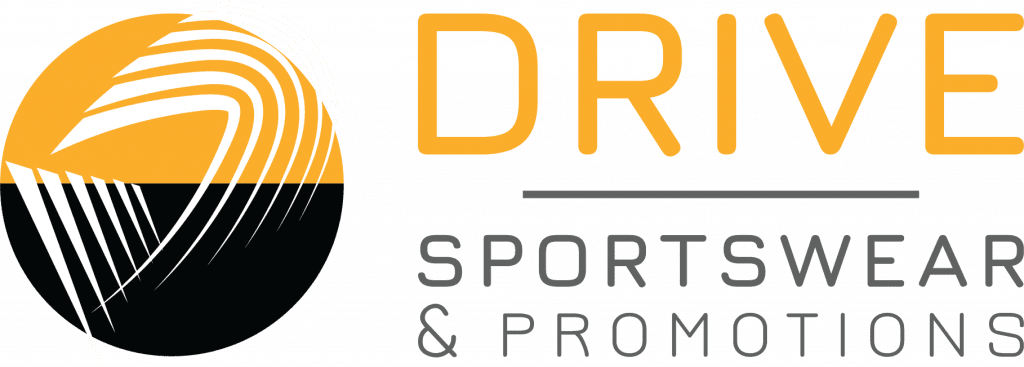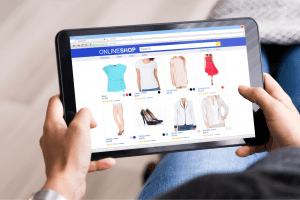Choosing the right printing method for your custom apparel isn’t just a design decision—it affects durability, appearance, cost, and how your brand is perceived. Whether you’re ordering branded uniforms, spirit wear, or fundraiser merch, understanding the pros and cons of each method can help you make the best choice for your project.
In this guide, we’ll break down embroidery, screen printing, and heat press printing, so you know exactly when to use each. If you’ve ever Googled “Embroidery vs screen printing vs heat press”, you’re in the right place.
Screen Printing — Bright Colours and Cost-Effective for Large Orders
Screen printing is one of the most widely used and reliable methods for custom apparel. A mesh screen is created for each color in the design, and ink is pushed through these screens onto the fabric using a squeegee. Each layer builds a vibrant and bold image.
This method is known for producing durable, high-quality prints—especially when using thick inks and bold graphics. It’s a go-to for large-scale orders because, once the screens are set up, it’s fast and efficient.
Best For: T-shirts, hoodies, tote bags, and other flat fabrics.
Pros:
- Cost-effective for large orders
- Bright, opaque colors
- Long-lasting and wash-resistant
- Fast production once screens are set up
Cons:
- Not cost-effective for small runs
- Setup time required for each color
- Limited detail for photo-realistic images
If you’re running a fundraiser, printing team gear, or hosting a big event, screen printing is often the smartest route. It’s especially practical if you’re ordering 50+ items.
Embroidery — Durable, Professional, and Long-Lasting
Embroidery involves stitching your design directly into the fabric using thread. It creates a textured, elevated look that feels more permanent and premium than a printed surface. While it typically works best for logos and minimal designs, embroidery can be done on a wide range of garments.
It’s a standout choice for businesses that want their staff to look professional, as well as for schools or sports teams seeking long-term uniforms that hold up over time.
Best For: Corporate apparel, hats, outerwear, and heavy fabrics.
Pros:
- High-end, polished appearance
- Extremely durable (won’t fade or crack)
- Ideal for logos and small graphics
Cons:
- More expensive, especially for large designs
- Limited color blending and fine detail
- Not ideal for lightweight or stretchy fabrics
Embroidery is especially useful when your apparel needs to last through frequent wear and wash cycles. If you’re unsure whether it’s worth the investment, check out our thoughts on why small businesses benefit from custom uniforms.
Heat Press — Ideal for Full-Colour or Small Quantity Prints
Heat press printing uses heat and pressure to apply a vinyl or transfer design onto your garment. This method is ideal for small batches, personalization, and full-color designs that screen printing can’t easily replicate.
The setup is relatively simple, making it a great option for on-demand printing or small business pop-up shops. However, it’s not quite as durable as the other two methods when subjected to frequent washing.
Best For: Names and numbers on jerseys, small orders, photo designs.
Pros:
- Affordable for low-quantity orders
- Great for personalization
- Can achieve photo-quality detail
Cons:
- Less durable with frequent washing
- May peel or crack over time
- Doesn’t always look as premium as other methods
Use heat press when you need flexibility, speed, and vibrant detail—but not heavy wearability. It’s perfect for short-term needs like event giveaways or small team kits.
Embroidery vs Screen Printing: What to Consider
Both methods produce excellent results when used correctly, but they serve different purposes. Screen printing is better for high-volume, low-cost needs. Embroidery is the right call for upscale, professional looks and long-term wear.
Choose embroidery if:
- You want a more upscale, durable finish
- The garments are thicker (like jackets or polos)
- You’re creating uniforms or school apparel with logos
Choose screen printing if:
- You’re ordering large quantities (50+ items)
- The design is bold, colorful, and graphic-based
- You’re printing on soft t-shirts or hoodies
A screen-printed logo may work better for a youth event or fundraiser tee, while embroidered logos look best on polos or professional workwear.
When to Choose Heat Press
Heat press excels in specific use cases. It’s your best option when:
- You need under 25 items
- The design requires personalization (e.g., individual names or numbers)
- You want full-color or photographic artwork
Heat press helps you print what screen printing can’t—just be sure to manage expectations around durability. If longevity matters, screen printing or embroidery will usually outlast heat transfers.
Questions to Ask Before Choosing a Print Method
Still unsure which method is right for your apparel? Ask yourself:
- What type of clothing are we printing on?
- How many pieces do we need?
- Will the item be washed frequently?
- Are we working with a detailed design or simple logo?
- Is budget or long-term durability more important?
Your answers will help narrow down the right method. A one-time event shirt might not need embroidery, but staff uniforms definitely benefit from the longevity it provides.
Final Thoughts
There’s no one-size-fits-all printing method—each has its strengths. Screen printing is fast, cost-effective, and great for bold designs. Embroidery adds professionalism and long-term wear. Heat press offers flexibility for personalization and small runs.
The best choice depends on your goals, audience, and how the apparel will be used. Need help deciding? Visit our promo product printing guide or reach out to Drive Sportswear for recommendations tailored to your next project.
Whether you’re outfitting a corporate team, planning a school spirit campaign, or creating fundraiser merch, we’ll help you choose the method that makes your design shine—and lasts where it counts.
Learn More About the Promotional Products Industry
If you’re interested in exploring how promotional products are used across different industries, this article from Stahls’ provides helpful insights into why branded apparel and merchandise continue to be one of the most effective marketing tools available:
👉 https://blog.stahls.com/profit-from-promotional-products/





